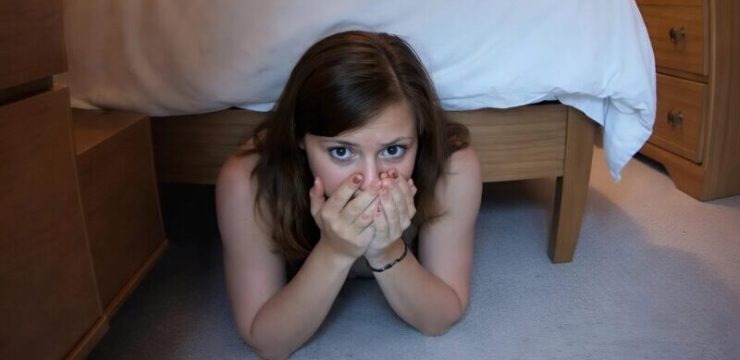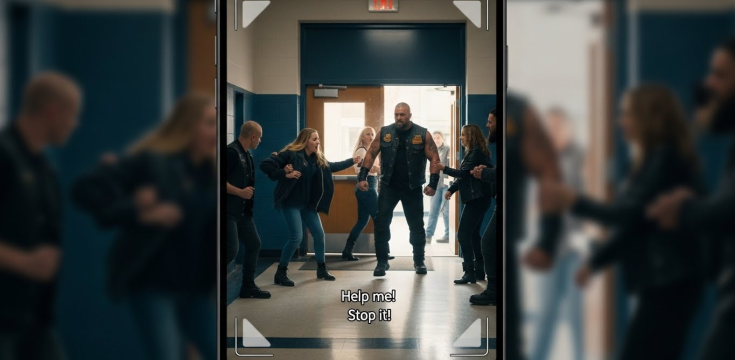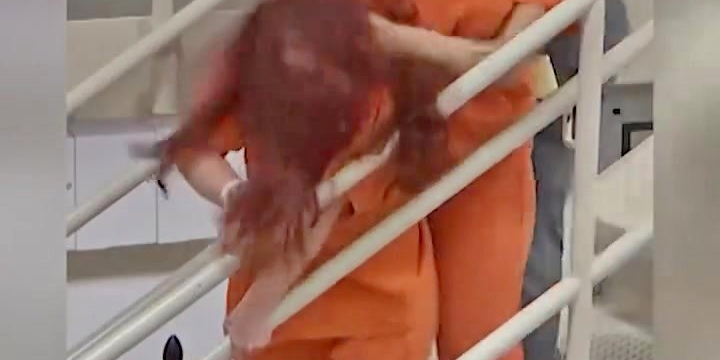The Cheating Husband Riddle: A Clever Puzzle That Reveals Hidden Truths
Riddles have a unique way of grabbing our attention, making us think in ways we’re not used to. They challenge us to see the world differently, and few riddles do this better than the “cheating husband riddle.” This clever puzzle has made waves on social media, captivating minds with its simplicity and subtle brilliance. It’s not just the tricky nature of the riddle that pulls people in—it’s how it taps into human behavior and psychology. Let’s take a closer look at what makes this riddle so intriguing.

The setup is straightforward yet clever: “A husband sent a photo to his wife. His wife knew he was cheating. How?” At first glance, it seems like just another puzzle. But as you dig deeper, the answer lies not in what’s shown, but in what’s missing. The solution? A perfect selfie, but there’s no camera in the reflection. Who took the picture?
This riddle isn’t just a play on words or a visual trick—it’s a subtle reminder of how even the smallest details, or lack thereof, can reveal big truths. The wife didn’t need any further explanation. The absence of the camera in what should have been a solo selfie told her everything she needed to know—her husband wasn’t alone when the picture was taken.
Why This Riddle Resonates
So, why does this riddle stick with people? The answer lies in how our brains are wired. Humans are naturally inclined to find patterns, fill in gaps, and make sense of incomplete information. In this case, the wife intuitively notices something is off—a “perfect” selfie with no sign of a camera. The missing camera triggers suspicion, leading her to the conclusion that someone else took the picture, suggesting her husband was with someone else.
This riddle speaks to our inherent ability to detect inconsistencies in everyday life. It’s a perfect example of how our minds work to connect the dots, even when the evidence is subtle or incomplete. That’s what makes it so satisfying—our brain’s ability to see beyond the obvious.
More Than Just a Puzzle
While it may seem like just another riddle, the “cheating husband” puzzle is actually a brilliant mental exercise. It challenges us to question assumptions, notice the details, and consider all aspects of a situation. This is why riddles have been used for centuries as educational tools—they teach us to think critically, sharpen our observation skills, and stay mentally agile.
This particular riddle serves as a reminder that what isn’t shown can be just as telling as what is. It teaches us to pay attention to the small things and that sometimes, the truth hides in plain sight. In relationships, as in riddles, trust and observation are crucial. What seems like a simple photo can hold a world of meaning if you know how to look at it.
The Charm of Simplicity
One of the best parts of the “cheating husband” riddle is its deceptive simplicity. On the surface, it’s just a picture, something many of us take every day without a second thought. But this riddle turns the mundane into something mysterious and thought-provoking, challenging us to look closer at what we might otherwise take for granted.
The idea that a selfie, an innocent everyday act, could expose a betrayal is both unsettling and fascinating. It shows how much can be revealed through seemingly insignificant details and reminds us to trust our instincts.

Why Riddles Endure
Riddles like this one continue to captivate because they engage our minds in a way that few other activities do. They force us to slow down, think carefully, and enjoy the process of discovery. In a world where information is often consumed quickly and without much thought, riddles provide a refreshing opportunity to stretch our cognitive muscles and savor the moment when we finally solve the puzzle.
Beyond being a brain teaser, the “cheating husband” riddle is a form of storytelling. It presents a situation, introduces a problem, and challenges us to find the solution. The best riddles, like this one, offer a twist—an unexpected element that forces us to see the situation in a new light, leading to that satisfying “aha!” moment.
The “cheating husband” riddle is a perfect example of why riddles have been a beloved form of entertainment and mental exercise throughout history. Its clever design, subtle details, and surprising twist make it a joy to solve. But more than that, it offers a lesson in critical thinking, observation, and the complexities of human relationships.
So next time you’re faced with a riddle, take a moment to appreciate the layers of thought that went into creating it. Enjoy the challenge, and remember—the answer might be hiding in plain sight.





